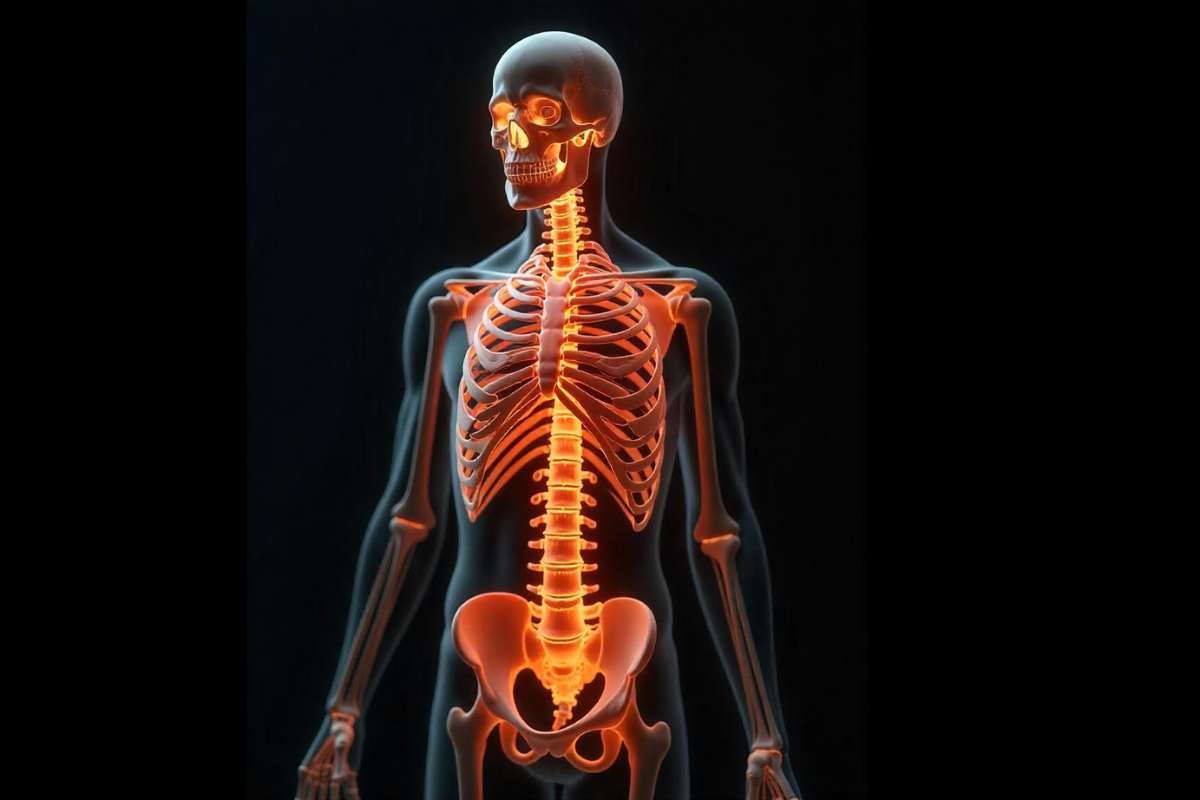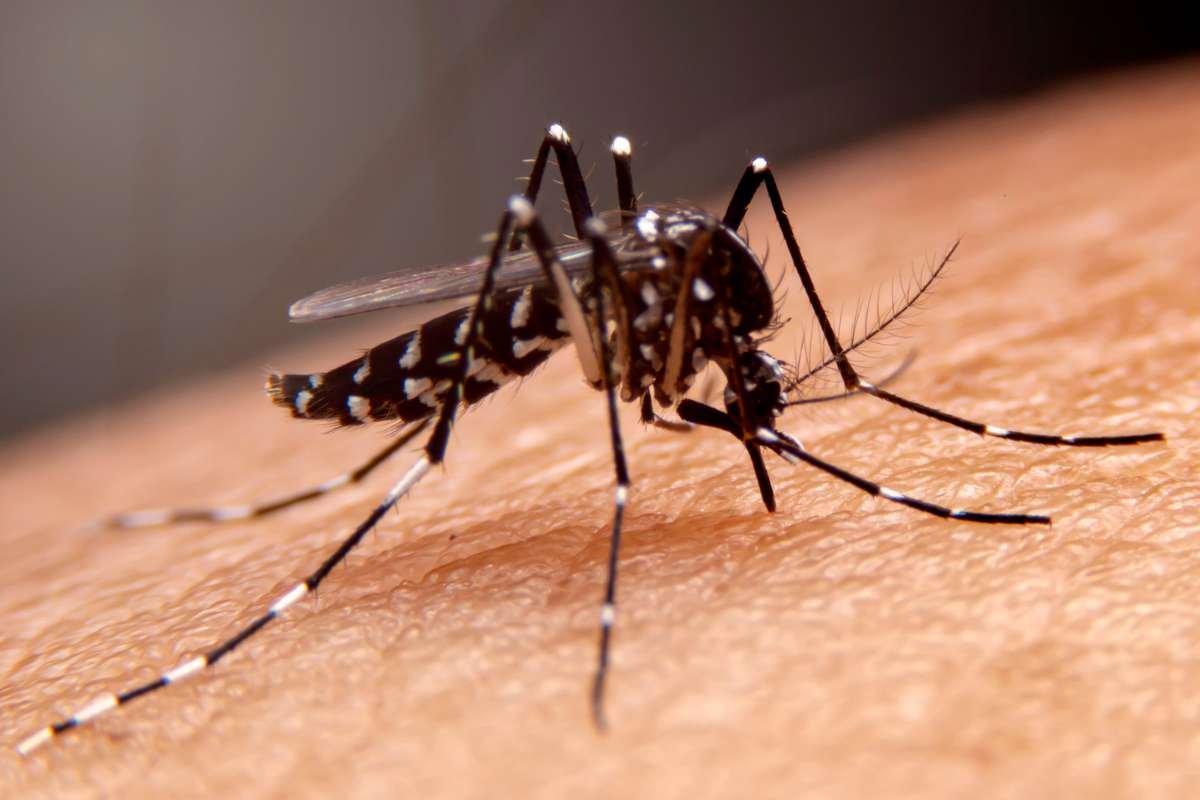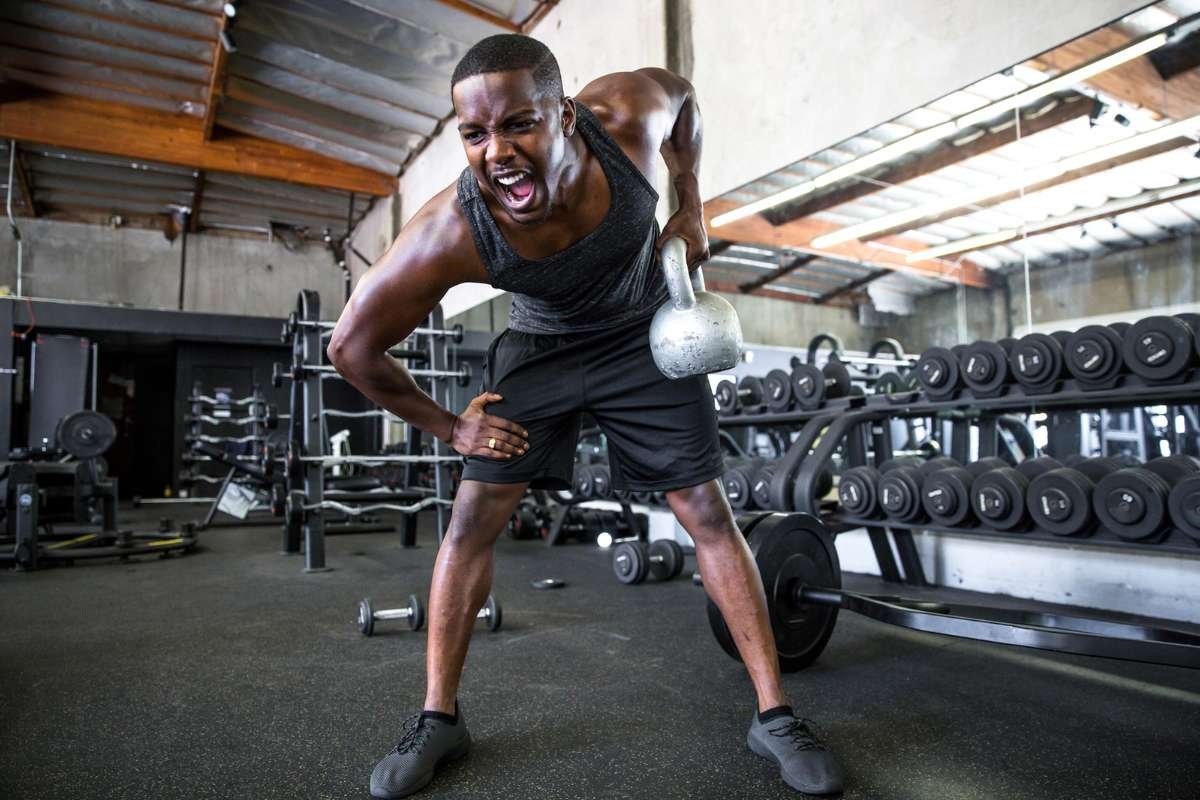The skeletal system is more than just a framework that holds the human body together. It’s a complex network of bones, cartilage, ligaments, and tendons. It provides support and movement and protects our important organs. It is designed so beautifully that it helps us to perform everyday tasks such as walking, bending, and other actions such as lifting or dancing.
This blog aims to provide an understanding of the skeletal system parts and functions and its associated diseases.
What is the Skeletal System?
The skeletal system is made up of 206 bones in the adult human body. The bones are made up of tendons, ligaments, and cartilage. The bones have important roles, such as protecting organs, producing blood cells, and storing important minerals such as calcium and phosphorus.
When you think about skeletal system parts and functions, you need to remember that it does not just involve your bones but is also about the skeletal system that contributes to your overall health and well-being.
Development and Structure of the Skeletal System
Do you know? We are not born with 206 bones by birth but with 300 bones by birth. But as we start growing, some of the bones fuse. In our mid-twenties, we are made up of 206 bones. The skeletal system can be divided into two main sections:
- The Axial Skeleton: This type has 80 bones, which are found in the skull, spine, and rib cage. Their primary role is to protect the brain, heart, and lungs.
- The Appendicular Skeleton: This skeleton has 126 bones, and it includes arms, legs, and pelvic region. It is useful for movement and supports our body weight during walking, running, and different activities.
Types of Bones
When it comes to skeletal system parts and functions, we need to understand that not all bones are the same. They vary depending on the shape, function, and all bones and are classified into five main categories. The below diagram will give you a fair knowledge of it.

Inside the Bones: What’s Happening?

When you look at the skeletal system parts and functions, you might be imagining bones and solid structures. But there is so much going on in there. Bones are made up of two main types of tissues.
1. Compact Bone
This dense, hard tissue makes up about 80% of the bone. The outer layer protects the softer inner layers and supports the body’s weight.
2. Spongy Bone
It is found at the ends of long bones. This lighter, porous tissue contains bone marrow. Bone marrow produces red and white blood cells.
Bone Cells at Work
The Bones are not just static structures; they are living tissues that keep constantly renewing themselves. There are four types of cells which are responsible for this process:
- Osteoblasts: These cells build new bone tissue and repair damage.
- Osteocytes: They are formed from osteoblasts. They maintain the bone tissue and communicate with other cells, which keeps our bones healthy.
- Osteoclasts: These cells break down old or damaged bone, ensuring that new bone can be formed where it’s needed.
- Lining Cells: These are flat cells that cover the surface of bones and play a crucial role in managing the passage of minerals in and out of the bone.
The Role of Joints, Ligaments, and Cartilage
The skeletal system’s parts and functions are more than bones. The movement and flexibility of the hand are facilitated by joints where two or more bones meet. What do the cartilage and ligaments do?
- Cartilage: This smooth, flexible tissue covers the ends of bones at joints, reduces friction, and allows bones to glide smoothly over one another.
- Ligaments: Ligaments keep the bones connected and the skeleton stable to ensure that the bones don’t move out of place.
Functions of the Skeletal System

Functions of the Skeletal System
1. Support and Shape
2. Protection of Vital Organs
3. Movement
4. Blood Cell Production
5. Mineral Storage
The above points can be designed using the reference image
The skeletal system’s parts and functions are important for more than just movement. Below is a list of functions that a skeletal system performs.
1. Support and Shape
Without bones, our bodies would be formless and shapeless. The skeleton provides the necessary structure that shapes and supports the body, which allows us to stand, sit, and move efficiently.
2. Protection of Vital Organs
The hard structure of bones is a shield for the delicate organs. The skull protects the brain, the rib cage guards the heart and lungs, and the spine protects the spinal cord.
3. Movement
Bones work like arms, and when muscles tighten, they pull on the bones, allowing the body to move. Whether it’s the complex movements of the hands or the powerful strides of walking, bones make it possible.
4. Blood Cell Production
Hematopoiesis, the process of creating new blood cells, takes place in the bone marrow. Red marrow produces red blood cells, white blood cells, and platelets are necessary components for oxygen transport, immune defense, and blood clotting.
5. Mineral Storage
Bones contain minerals such as calcium and phosphorus. These minerals are pushed into the bloodstream as needed, which ensures the proper functioning of our body.
Common Skeletal System Diseases
We hope you have understood about skeletal system parts and functions. Now, let’s understand the common issues caused by it.
- Osteoporosis: A condition where bones lose density and become brittle, which leads to fractures.
- Leukemia: It is a type of cancer that starts in the bone marrow and affects red blood cell production.
- Osteoarthritis: This is a type of disease that affects the cartilage at joints. Common symptoms of this disease are pain, stiffness, and swelling.
Final Thoughts
The skeletal system is an important part of our body. It’s more than just a collection of bones. It is responsible for supporting our body’s movements, producing blood cells, and storing necessary minerals. The information we have provided you with skeletal system parts and functions will make you appreciate the way our body works and give you a reason to keep your bones healthy.
You should keep your skeletal system parts and functions healthy through proper nutrition, exercise, or medical care for overall well-being.







